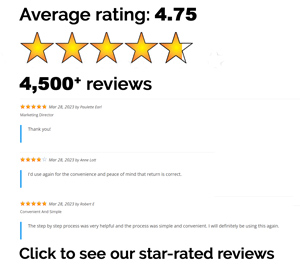Are you tired of wondering where all of your money went? If so, it’s time to create a budget and take control of your finances. Once you see exactly where your money is going, it will be easier to pay off debts, cut unnecessary expenses and build your savings. Here are 7 simple steps for creating the perfect budget.
Step #1: Gather all of your financial documents
The key to creating a successful budget is being aware of all of your income and expenses. Gather all of your receipts, bills, pay stubs and anything else that can be a source of your income or expenses.
Step #2: Determine your monthly income
As a salaried employee, determining your monthly income is easy since your take home pay is the same for every check. For hourly employees whose pay is more unpredictable, you may want to look at the last six months’ worth of income and use the average figure. Another option is to use your lowest monthly income as your worst case scenario.
Step #3: Create a list of your expenses
Go through your bills/receipts and create a list of all of your monthly expenses. Write down anything you plan to spend money on during the month.
Step #4: Divide your expenses into two groups: fixed and variable
Now that you have all of your expenses in one place, it’s time to break them down into two groups: fixed and variable. Fixed expenses are those that stay the same month after month. Your rent, car note and student loans all fall under fixed expenses. Variable expenses are bills that change from month to month. This includes groceries, entertainment, gas, etc.
Step #5: Tally your income and expenses
Calculate your total expenses and compare it to your monthly income. If you have more income than expenses, you’re on the right track. Use the extra money to build your emergency fund or put a little extra towards paying your debt.
Step #6: Eliminate unnecessary expenses
The goal of creating a budget is to have your income and expenses balance each other out. If your expenses exceed your income, it’s time to look for areas where you can reduce your spending. The best place to start is with your variable expenses because these are usually nonessential items. If you reduce your variable expenses and are still unable to get your budget to balance out, you will need to either cut your fixed expenses or find a way to increase your income.
Step #7: Review your budget on a regular basis
Over time your needs may change so it’s important to review your budget regularly to ensure you’re staying on track. Take some time at the beginning of every month to pinpoint areas which need improvement and adjust your budget accordingly.




